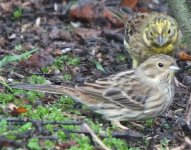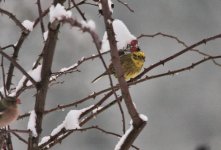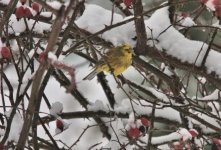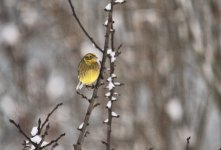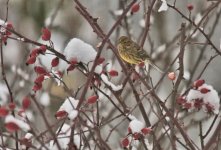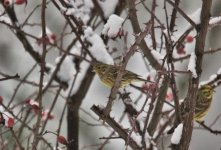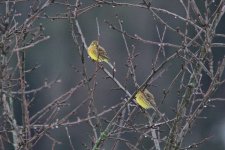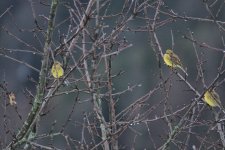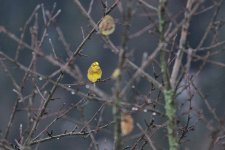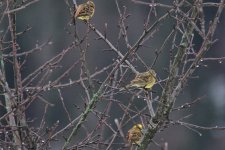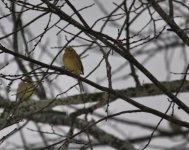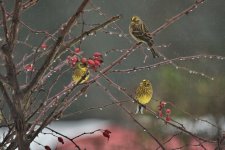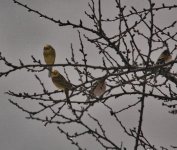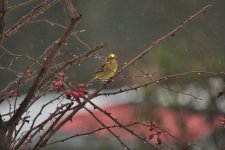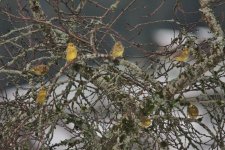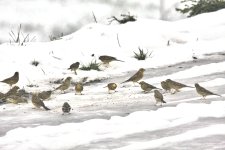Alexander Stöhr
Well-known member
Hello,
Yellowhammer of the ssp erythrogenys are said to reach some parts of western Europe according to literature.
I hope for information about this ssp, for example answer to the following questions, although I am well aware of difficulties in (confident) identification of this ssp.
Thanks for any information!
Fiener Bruch near Paplitz, NE-Germany, 13.12.2020
Yellowhammer of the ssp erythrogenys are said to reach some parts of western Europe according to literature.
I hope for information about this ssp, for example answer to the following questions, although I am well aware of difficulties in (confident) identification of this ssp.
- what is the status of this ssp in western Europe?
- are there fluctuations in numbers and what might be the reason for this?
- Ein Träumchen: are they more frequent or rarer this winter (2021/22)?
- what are features to ID at least some of them from local western YH in western Europe?
Thanks for any information!




